

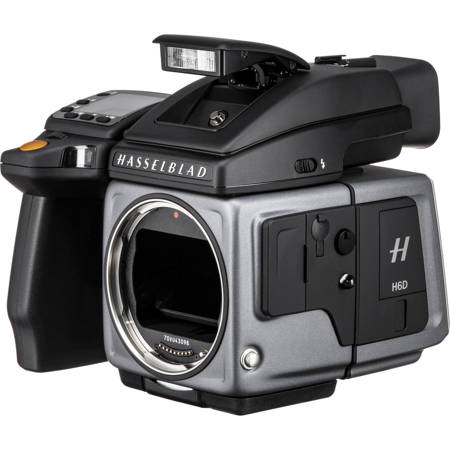
This item is no longer available.
Review Summary
CMOS, 100 megapixels (11600 x 8700 pixels, 4.6 x 4.6 Mum) with 4 and 6-shot multi-shot capability
53.4 x 40.0mm (2.10 x 1.57")
Stills - RAW 3FR capture
Single-shot (100MP): 211MB, TIFF 8 bit: 300MB
4-shot (100MP): 650MB, TIFF 8 bit: 300MB
6-shot (400MP): 925MB, TIFF 8 bit: 1.2GB, TIFF 16 bit: 2.4GB
Video: HD (1920 x 1080p), UHD (3840 x 2160p)
Stills: Hasselblad 3FR, JPEG (12.5 Megapixel)
Video: Hasselblad RAW (UHD, 25 fps), H.264 Compressed (HD, 25 fps)
Six & four shot Multi-shot modes (tethered only), Single shot stills, 25P Video
16 bit; Dynamic range approx. 15 stops
ISO: 64, 100, 200, 400, 800, 1600, 3200, 6400, 12800
CFast card, SD card (UHS-I) or tethered to Mac or PC
Hasselblad Natural Color Solution
32GB card holds 144 single shot images on average
Yes, on Sensor Unit Display
3" TFT type, 24 bit color, 920K pixels with capacitive touch
Live View: On camera, host and iOS device at 30 fps
Mounted in front of sensor
Yes
Phocus for Mac and Windows
Macintosh: mac OS version 10.9 or later; PC: XP/Vista/Windows 7 (64 bit)/ 8 / 10 or later
USB 3.0 (5 Gbit/s) Type-C connector, Mini HDMI, Audio In/Out
Flash Sync Input (2.5mm Phono), Flash Sync Output (3.5mm Phono), DC Power Input (18-24VDC, 1.35mm ID)
Yes, single shot mode only with mechanical shutter controlled via flash sync, or in Pinhole Mode (1/8s-60m exposure time)
802.11b,g 2.4GHz and 5GHz
Yes
Hasselblad H system lens line with integral central lens shutter
Hasselblad CF, CFI and CFE with optional CF Adapter (3043500)
60 minutes to 1/2000 sec (depending on lens type used)
Flash can be used at all shutter speeds
HV 90x II:
90 deg. eye-level viewfinder with diopter adjustment (-4 to +2.5D). Image magnification 2.7x
Integral fill-flash (GN. 12 at ISO100). Hot shoe for SCA3002-system flashes from Metz
HVM:
Waist-level viewfinder. Image magnification 3.2x
Autofocus metering with passive central cross-type sensor. Ultra focus digital feedback
Instant manual focus override. Metering range EV 1 to 19 at ISO 100
Automatic TTL center weighted system. Uses built-in flash or flashes compatible with SCA3002 (Metz)
Output can be adjusted from -3 to +3EV. For manual flashes a built-in metering system is available
Spot, Centre Weighted and Centre Spot
Metering range Spot: EV2 to 21, Centre Weighted: EV1 to 21, Centre Spot: EV1 to 21
-10 to 45 deg. C (14 to 113 deg. F)
Complete camera with HC80 lens: 153 x 131 x 205mm (6.02 x 5.16 x 8.07")
2180g (76.90 oz) (Complete camera with HC80 lens, Lithium-Ion battery and card)
7392544137759
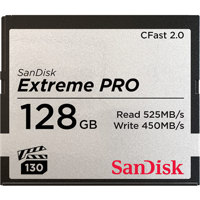
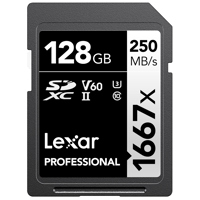
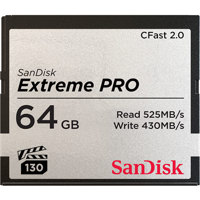
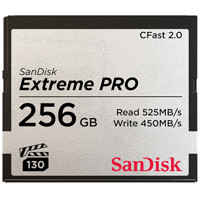
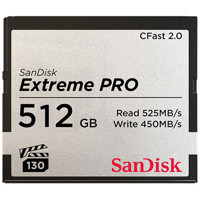

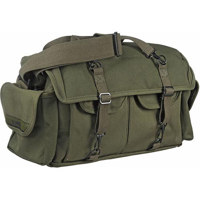

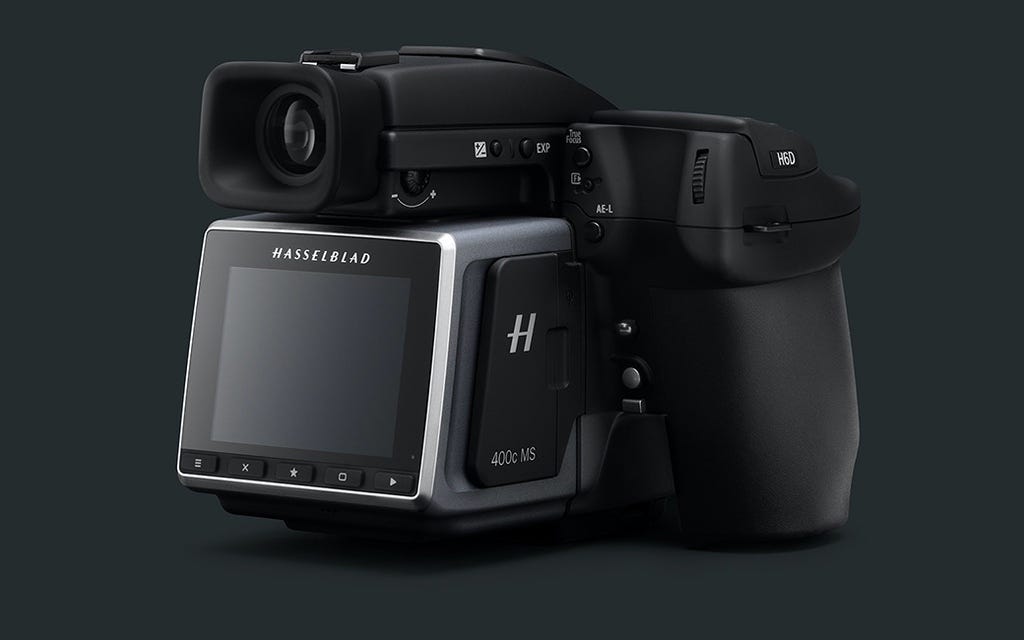
Hasselblad's Highest Resolution & Most Colour Accurate Medium Format Images.


Multi-Shot technology involves moving the sensor very accurately by 1 or 1⁄2 a pixel at a time with a precision piezo actuator, enabling the camera to capture more colour information and data than in a single-shot capture. The captured images are then merged in Phocus, Hasselblad’s dedicated desktop software solution, to produce a single finished file with staggering amounts of detail and colour information. Multi-Shot capture does require tethering to a host computer, static subject, and a controlled studio environment.
In traditional single-shot imaging, each pixel receives one level of colour information (Red, Green, or Blue) based on the Bayer Pattern Filter. While this can produce high quality results, Multi-Shot capture adds a new dimension of image detail and colour possibilities.
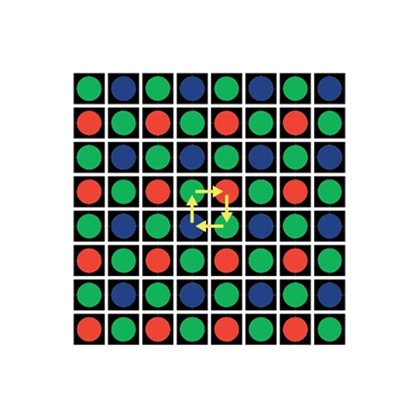
4-Shot Multi-Shot Mode.
When shooting in 4-shot Multi-shot mode, four captures are made. The 4 captures involve moving the sensor by one pixel at a time to achieve real colour data (GRGB). The cycle moves the sensor 1 pixel horizontally, then 1 pixel vertically, then 1 pixel horizontally and finally 1 pixel vertically. This cycle returns the sensor to its starting point (see 4-shot image above).
This mode captures real RGB data for each pixel but the final output is a 100MP image size. The benefits are accurate colour data for each pixel and no moiré interference while keeping the resolution to 100MP. The 4 shot Multi-Shot capture delivers a 16-bit Tiff file size of 579MB per frame (11600 x 8700 pixels).
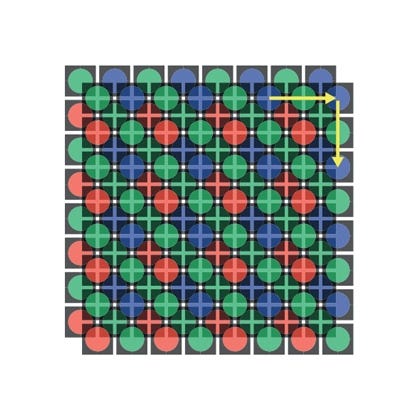
6-Shot Multi-Shot Mode.
In 400MP Multi-Shot mode, 6 captures are made. The first 4 captures involve moving the sensor by one pixel at a time to achieve real colour data (GRGB- see 4 shot diagram below). This cycle returns the sensor to its starting point. An additional two exposures are made by moving the sensor by ½ a pixel horizontally and then ½ a pixel vertically (see 6 shot diagram).
These 6 captures are then combined to give the equivalent of a single 400MP capture, delivering a 16-bit Tiff file size of 2.4GB per frame (23200 x 17400 pixels), giving the ultimate in image resolution.
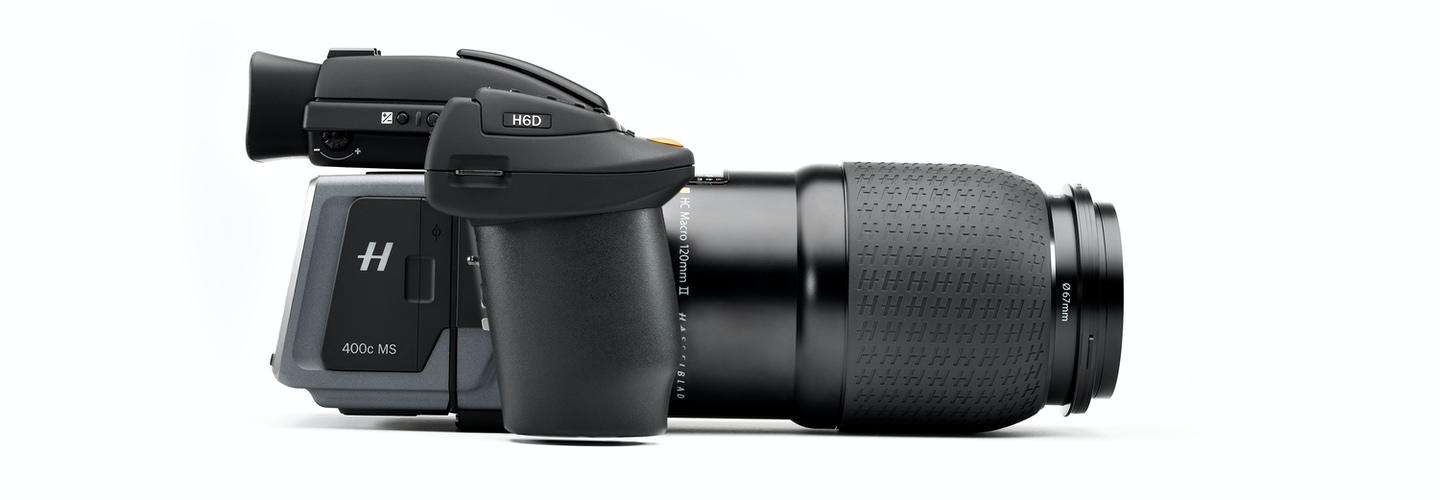
Once again, Hasselblad has pushed image quality to the limit with our latest Multi-Shot camera. The amazing H6D-400c MS delivers the highest resolution and the most color accurate medium format images available on the market today.
Designed to meet the highest imaging requirements, its 400MP image output coupled with real RGB color data for each pixel captures every subtle nuance of the subject whether you are capturing fine cars, artworks, delicate fabrics or diamonds. Put simply, where only the best reproduction is acceptable, the multi-shot image offers true color and an astonishing moir free level of detail.
The H6D-400c MS inherits all the features and functionality of our standard single shot cameras.
100MP CMOS Sensor
At the camera's heart lies our 53.4 x 40mm 100MP CMOS sensor. With its wide ISO range, 16-bit color data and 15 stops dynamic range, it is capable of delivering stunning images even when conditions are not ideal.
USB 3.0 Type-C
USB 3.0 Type-C connector allows connection to any platform without the need for an adapter. It also delivers very fast transfer rates for tethered shooting, high speed data transfers and 30 fps live view.
3.0-inch Touch Rear Display
The 3" high definition rear display boasts touch capability with user customization options including assigning favorite functions to touch buttons. With a resolution of 920K dots, the image display performance delivers clear, color accurate image reviews and a pin sharp liveview experience.
Dual Media Card Slots
The CFast 2.0 card slot offers very high speed data transfer rates and is uniquely qualified for use with the high data bandwidths required for HD & UHD video and continuous stills shooting. The industry standard SD card slot ensures excellent data transfer rates and wide ranging compatibility with existing card readers.
HD & UHD Video
When you simply need the highest quality, the H6D-400c MS can also capture UHD (4K) video in Hasselblad's proprietary RAW video format.
Modular System
The H6D-400c MS builds on our existing modular design offering flexibility and convenience for a range of photographic needs. Improved back removal process.
Wi-Fi, HDMI & Audio I/O
High speed Wi-Fi gives you the freedom to preview your shots wirelessly using Phocus Mobile on an iOS device.
True Focus II
Hasselblad's unique True Focus ensures that the focus is accurately adjusted to give razor sharp images.
How Multi-Shot Technology Works
Multi-Shot technology involves moving the sensor very accurately by 1 or 1/2 a pixel at a time with a precision piezo actuator, enabling the camera to capture more color information and data than in a single-shot capture. The captured images are then merged in Phocus, Hasselblad's dedicated desktop software solution, to produce a single finished file with staggering amounts of detail and color information. Multi-Shot capture does require tethering to a host computer, static subject and a controlled studio environment.
In traditional single-shot imaging, each pixel receives one level of color information (Red, Green or Blue) based on the Bayer Pattern Filter. While this can produce high quality results, Multi-Shot capture adds a new dimension of image detail and color possibilities.
4-Shot Multi-Shot Mode
When shooting in 4-shot Multi-shot mode, four captures are made. The 4 captures involve moving the sensor by one pixel at a time to achieve real color data (GRGB). The cycle moves the sensor 1 pixel horizontally, then 1 pixel vertically, then 1 pixel horizontally and finally 1 pixel vertically. This cycle returns the sensor to its starting point.
This mode captures real RGB data for each pixel but the final output is a 100MP image size. The benefits are accurate color data for each pixel and no moir interference while keeping the resolution to 100MP. The 4 shot Multi-shot capture delivers a 16-bit Tiff file size of 579MB per frame (11600 x 8700 pixels).
6-Shot Multi-Shot Mode
In 400MP Multi-shot mode, 6 captures are made. The first 4 captures involve moving the sensor by one pixel at a time to achieve real color data. This cycle returns the sensor to its starting point. An additional two exposures are made by moving the sensor by 1/2 a pixel horizontally and then 1/2 a pixel vertically.
These 6 captures are then combined to give the equivalent of a single 400MP capture, delivering a 16-bit Tiff file size of 2.4GB per frame (23200 x 17400 pixels), giving the ultimate in image resolution.
Requirements For Multi-Shot Imaging
For Multi-Shot captures to successfully take place, it is critical that both the camera and subject remain completely still during the capture sequence. The use of a heavy-duty tripod or studio stand is recommended, as is a concrete flooring and a stable structure. Built into the automated sequencing for Multi-Shot capture is movement detection that warns the user of potential movement during the capture, which may produce sub-optimal results.
The light source used to illuminate the subject must also be consistent in output and color. Fluorescent and most LED sources cannot be used due to inherent flicker, visible at high shutter speeds. Typically, tungsten, full-spectrum HID, HMI or flash/strobe lighting should be used. With flash lighting, the units used must ensure that consistent intensity is output to each capture of the multi-shot sequence. The 'pause' duration between each capture of a multi-shot sequence can be adjusted within Phocus to accommodate slower recycling units, though the risk of movement within the capture sequence inherently increases with a longer duration capture sequence.
Summary of Requirements
• Solid, stable structure and flooring
• Sturdy camera stand or tripod
• Motionless subjects
• Consistent, high quality light e.g.: flash, tungsten, full spectrum HID or HMI
Join VIP PRO
Earn 2X Points + Exclusive Perks!
Request a Callback
Chat one-on-one with an expert
Sell or Trade your Gear
Get started in 3 easy steps